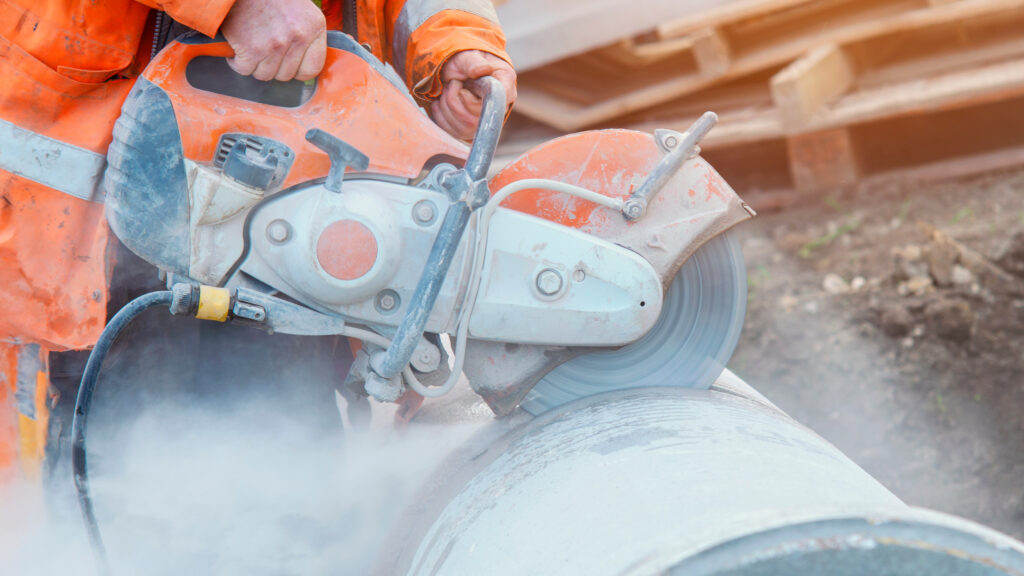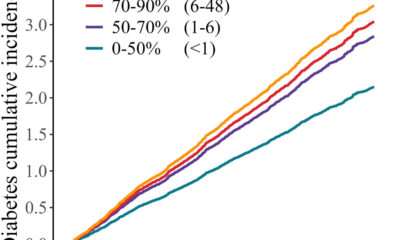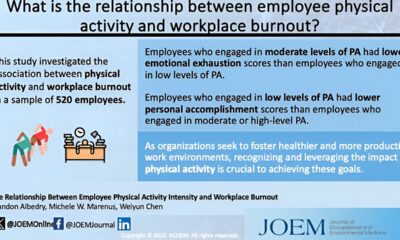Health
The MSHA rule is intended to reduce deaths from silicosis and silica-related diseases among miners

MMost people know silica as the mysterious contents of desiccant packs found in vitamin bottles, luxury leather wallets, clothing and other items. But for miners and other quarry workers, silica poses a serious health hazard, and new rules announced Tuesday by a U.S. government agency place strict limits on the amount of the mineral they can be exposed to.
The rules, announced by the U.S. Labor Department’s Mine Safety and Health Administration, limits allowable exposure to crystalline silica to 50 micrograms per cubic meter of air for a full eight-hour shift. The action level, or the amount that warrants remedial action, is 25 micrograms per cubic meter of air. The lower or action level is the level at which monitoring of worker exposure is initiated and employers are expected to control further exposure; the higher level is the maximum allowable exposure and the level above which people should stop working.
A statement from the agency estimated that the rules will prevent more than 1,000 deaths and nearly 4,000 cases of silica-related diseases.
The new regulations, which will be official published on April 18 and comes into effect on June 17 and follows a 1974 recommendation that advocates have been asking the government to adopt for decades. Until now, the limit was set at 100 micrograms of silica per cubic meter of air, double the new amount.
Crystalline silica is one of the most common minerals on earth. It can be found in sand, rock and soil, and its dust is common in coal and other forms of mining. It is also carcinogenic and overexposure can cause serious lung problems special silicosis, a condition in which small silica particles damage the lungs and reduce their ability to absorb oxygen. This is a chronic, often debilitating condition that can be fatal and occurs after exposure to high concentrations of silica crystals, with symptoms occurring up to ten years later. Exposure to silica can also increase the risk of tuberculosis, lead to lung cancer and is linked to these black lung disease, a fatal condition that makes breathing difficult and has affected thousands of miners over the past decade in Virginia and Kentucky.
“It is unconscionable that our nation’s miners have worked without adequate protection from silica dust, despite it being a known health hazard for decades,” said Julie Su, acting secretary of the Labor Department. in a statement announcing the rules.
The regulations also require periodic free health screenings for miners and state that mine operators are responsible for monitoring silica exposure and preventing overexposure. “These types of regulations are low-hanging fruit to save lives. I think it’s great that we’re actually making progress with them, but this should have been resolved decades ago,” said Bobby Mahajan, a pulmonologist and spokesperson for the American Lung Association.
He added that there should be stricter use of masks and protective equipment to limit the effects of silica, not only in mines but also at construction sites and wherever people are engaged in stone carving.
Mahajan said it is often workers who avoid using masks or respirators, indicating a lack of awareness about the severity of silica exposure. “It’s very important to train workers, but also to train the companies that use those workers to protect them properly,” he said.
Mining organizations have welcomed at least part of the rule. “We are still reviewing the rule and need to discuss it with our members, but we fully support the new, lower limits included in the rule,” said Conor Bernstein, a spokesperson for the National Mining Association, in an email to STAT. However, the organization believes that there are still important elements missing from the rule, especially when it comes to enforcement and the adoption of protective equipment. “Our recommendations on the draft rule include allowing the use of administrative controls and personal protective equipment (PPE) to supplement and enhance engineering controls; Unfortunately, these recommendations were not included in the final rule,” Bernstein said.



![[B-SIDE Podcast] The risks of using e-cigarettes and tobacco products, especially among young people](https://blogaid.org/wp-content/uploads/2024/07/B-SIDE-Podcast-The-risks-of-using-e-cigarettes-and-tobacco-products-300x240.jpg)
![[B-SIDE Podcast] The risks of using e-cigarettes and tobacco products, especially among young people](https://blogaid.org/wp-content/uploads/2024/07/B-SIDE-Podcast-The-risks-of-using-e-cigarettes-and-tobacco-products-80x80.jpg)








